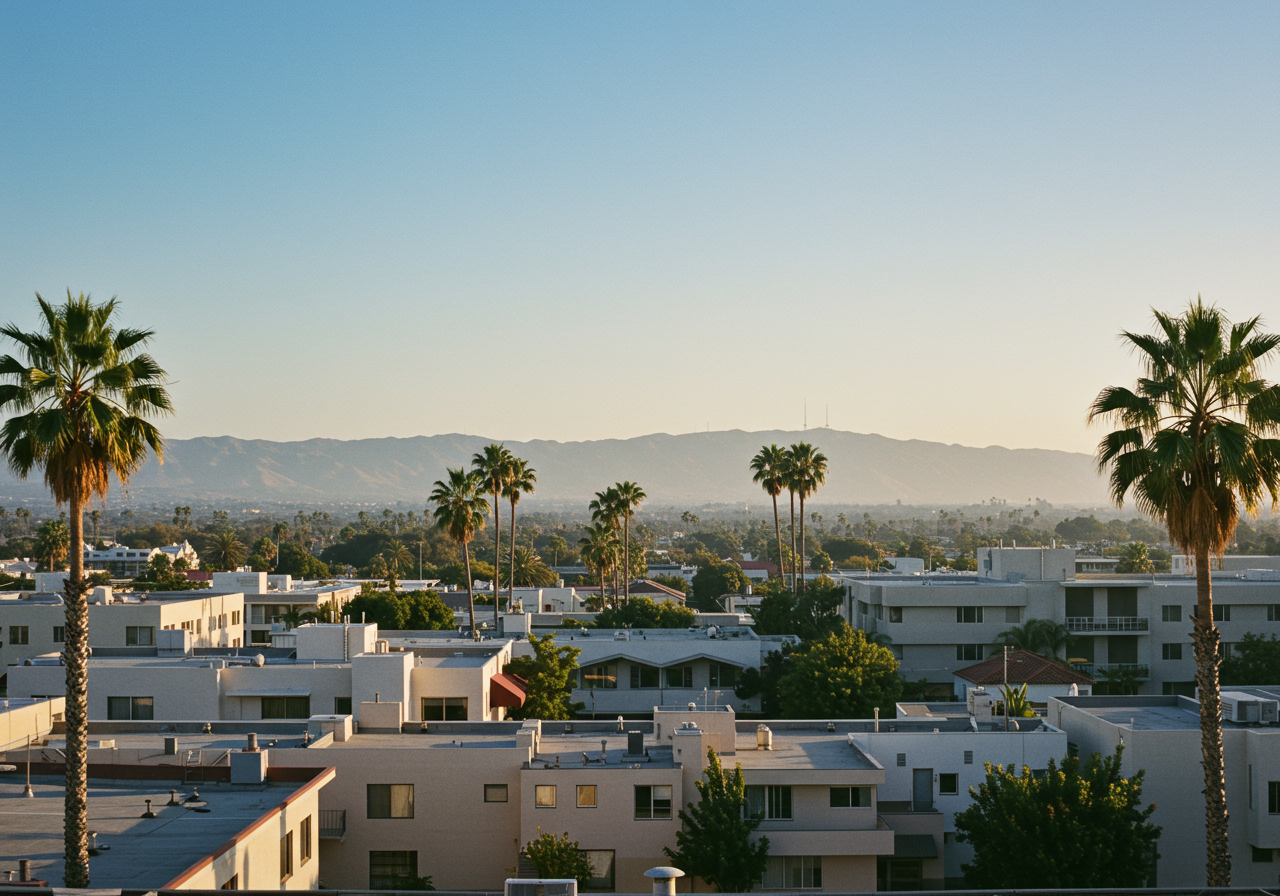Frogtown
Burbank
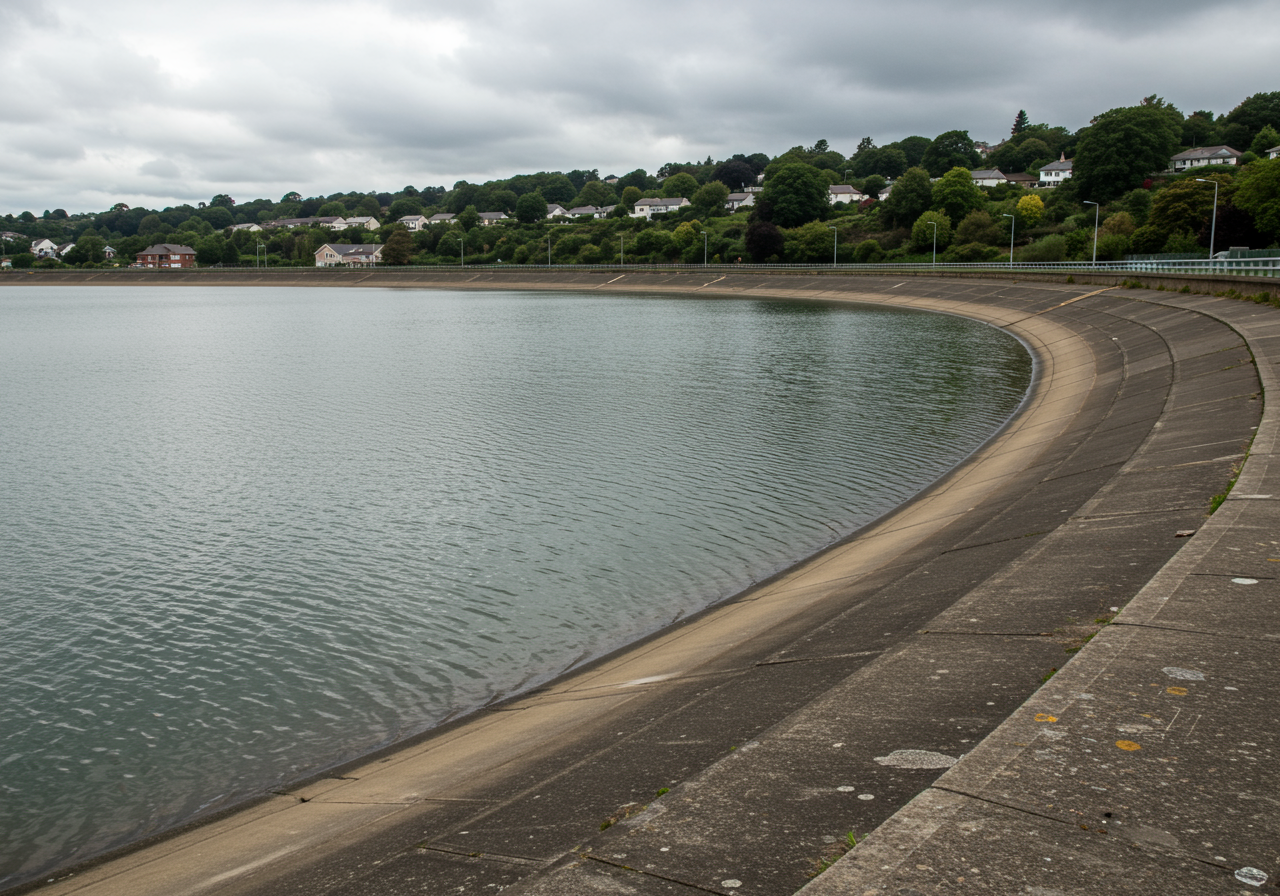
Silver Lake
Santa Monica
Historic Filipinotown (HiFi)
Leimert Park
I have, now, for the first time, permitted my name to be applied to a subdivision. I do so because I am 100% convinced that the 230 acres I have purchased […] present a magnificent opportunity for the creation of a very beautiful and highly successful residential and business development.
One of the first master-planned communities in Los Angeles, Leimert Park would be the only one of Walter’s numerous creations, including Cheviot Knolls, Beverlywood, and Rancho Malibu.
Atwater Village
The Los Angeles River inspired the name of this up and coming eastside neighborhood near the foothills of Griffith Park. Originally part of the Rancho San Rafael, a portion was later renamed the Rancho Santa Eulalia. According to the Atwater Village Chamber of Commerce, it was christened Atwater sometime after 1902 by a group of developers. The name paid homage to the nearby LA River, combining “at” with the word “water.” The “village” was not added until 1986.
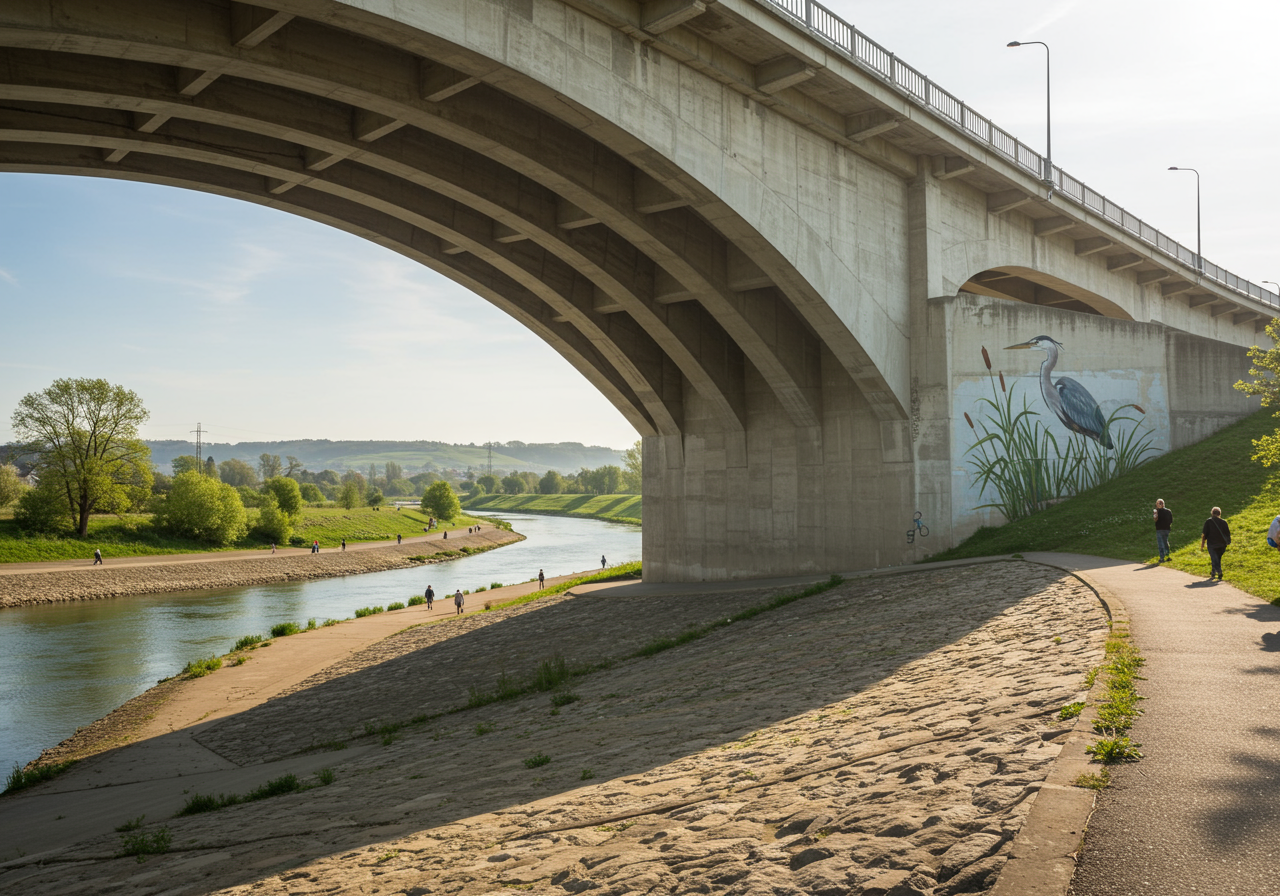
Palms
Garvanza
Sherman Oaks
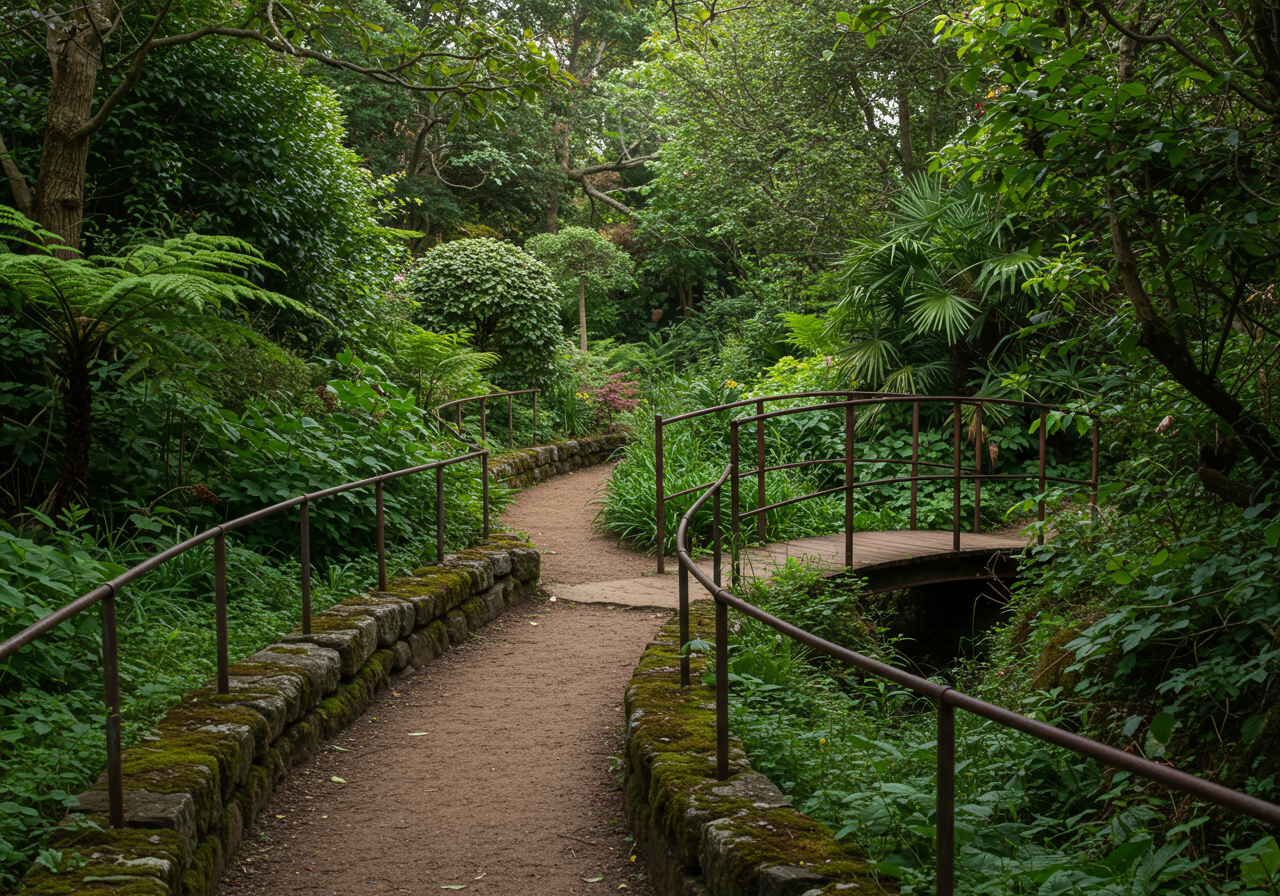
Los Feliz
Tarzana
Manhattan Beach
Echo Park
Studio City
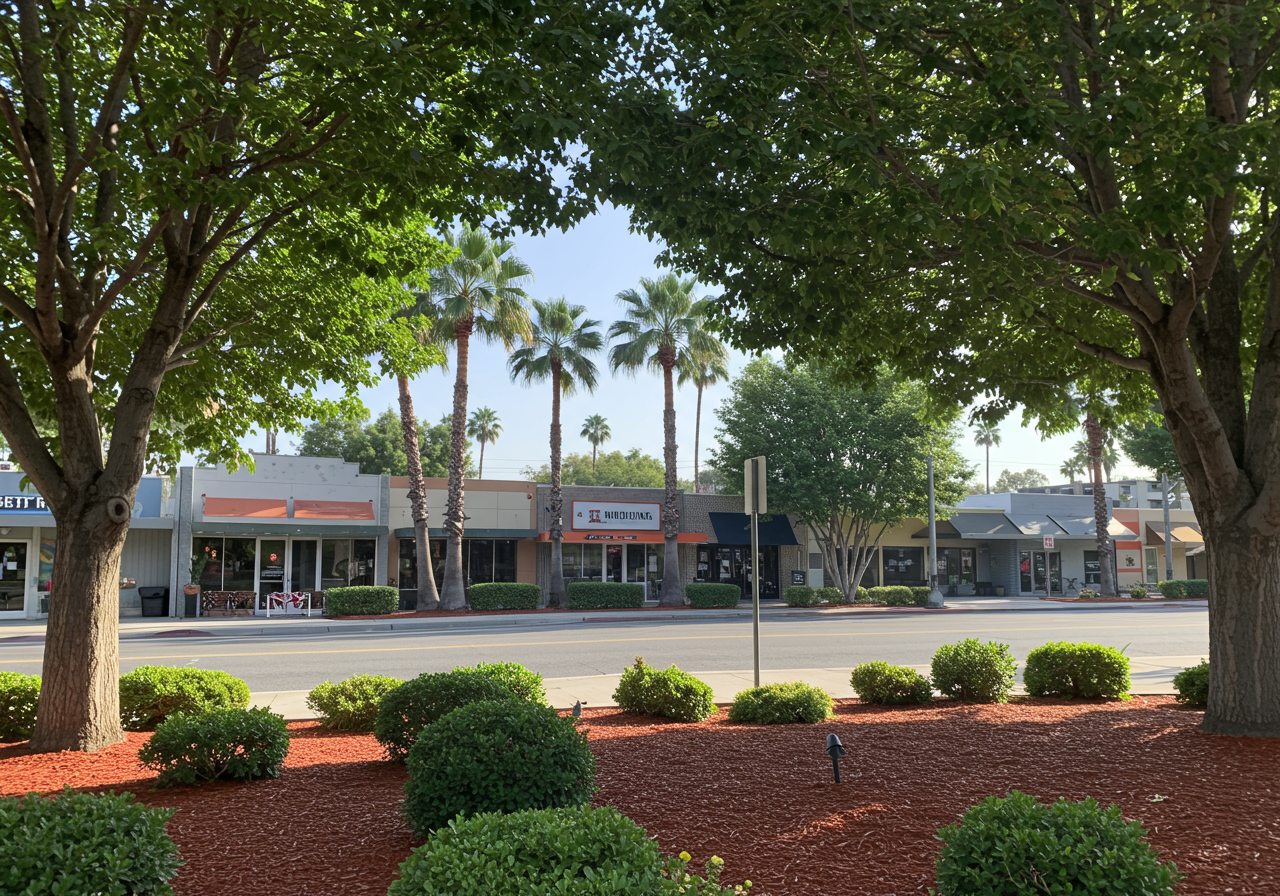
Alhambra
Outpost Estates
After Otis’s death, “The Outpost” went though different owners, including movie pioneer Jesse Lasky, before ending up the hands of Hollywood developer Charles E. Toberman in 1926. Toberman christened his new development “Outpost Estates,” and began to build upper-middle class homes in the Spanish, Mediterranean, and California modern styles. To promote the development, Toberman erected a large 30-foot high, red neon sign that advertised the “Outpost” neighborhood to all of Los Angeles for years.
Compton
